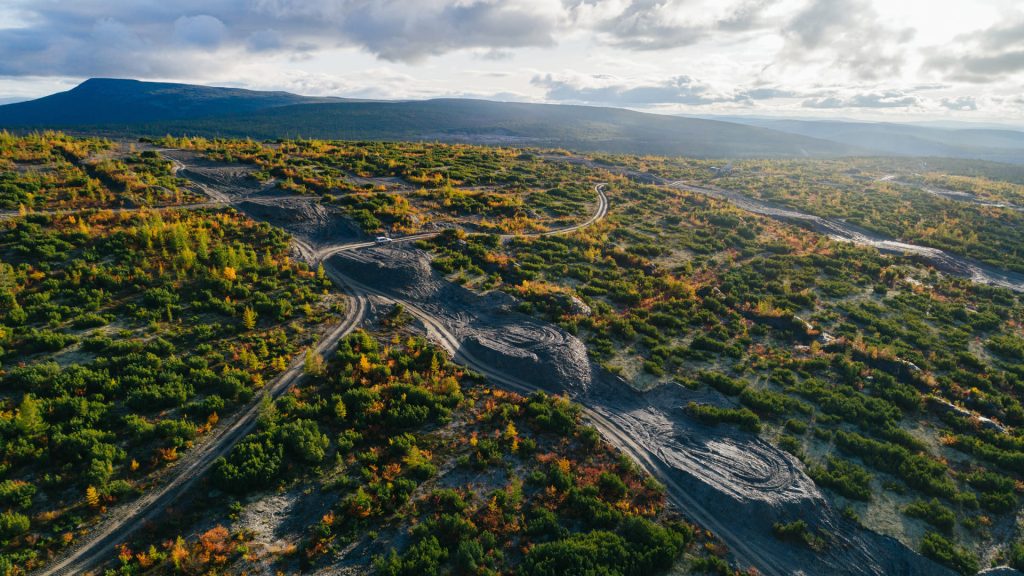Russian Polyus accelerates development of Sukhoi Log gold mine

By Eugene Gerden
Polyus, one of Russia’s gold mining companies, is accelerating the development of Sukhoi Log, one of the largest gold reserves in Russia and in the world. The reserve is located in Irkutsk Oblast and has estimated reserves of 64 million oz of gold but has a low grade.
Last month Polyus received the first gold from Sukhoi Log ore and plans to accelerate its mining activities this year and in 2025.
According to the company’s head, Alexey Vostokov, Polyus completed big preparatory works and put another 3.5 million ounces of Sukhoi Log reserves on the balance sheet, however the main works are ahead.
Currently the company is building infrastructure, and in 2025 it wants to begin construction of the processing plant on the basis of the field. It is expected, by 2028 it will be able to process up to 10 million tons of ore annually as part of the first stage of the project, while the overall processing capacity is estimated at 30 million tonnes of ore.
Polus is the largest Russian gold mining company. It is currently developing deposits in the Krasnoyarsk Territory, the Irkutsk and Magadan Regions, as well as in Yakutia. According to Polyus’ vice president for development and special projects, Anton Rumyantsev, the company develops three major fields – Sukhoi Log, Chulbatkan, and Chertovo Koryto in the Irkutsk region (its capacity is preliminarily estimated at 5 million tons of ore) – after reaching design capacity could produce about 3 million ounces of gold per year. The project will create more than 1500 jobs.
The Sukhoi Log field was discovered in the USSR in 1961, while 10 years later the first exploratory works at the field began. Located in the Bodaibo district of the Irkutsk region, the Sukhoi Log deposit is one of the largest undeveloped gold deposits in the world. According to 2020 estimates, Sukhoi Log reserves amount to 40 million ounces of gold (average grade in ore is 2.3 g / t), resources – 67 million ounces (grade in ore is 1.9 g / t).
In accordance with the earlier report of the Russian Central Scientific Research Geological Prospecting Institute of Non-Ferrous and Precious Metals (TSNIGRI), gold production in the country could peak in 2030 and then begin to decline. That will take place by the beginning of industrial development off forecast gold resources and reserves from the unallocated fund. As part of state plans, that will allow to increase the overall output by up to 700 tonnes by 2030.
Since 2022, the official statistics on gold production in Russia have not been published. In 2021, according to the Russian Union of Gold Miners, production decreased by 0.2% year-on-year and amounted to 330.9 tons. The total production of gold, including production from secondary raw materials, amounted to 363.5 tons (-0.1%).
In the meantime, in the long-term, experts of TsNIGRI explain the expected decrease in gold production in Russia by a low increase in reserves in gold deposits, weak development of new gold reserves and general deterioration in the structure of reserves.
According to an official representative of the Russian Ministry of Natural Resources, in order to replenish and develop Russia’s gold resource base, the state program “Reproduction and Use of Natural Resources” and the federal project “Geology: Revival of a Legend” have been developed. As part of these plans, geological and exploration works, concerning gold reserves of the Russian Siberia and Far Eastern regions will be significantly accelerated.
